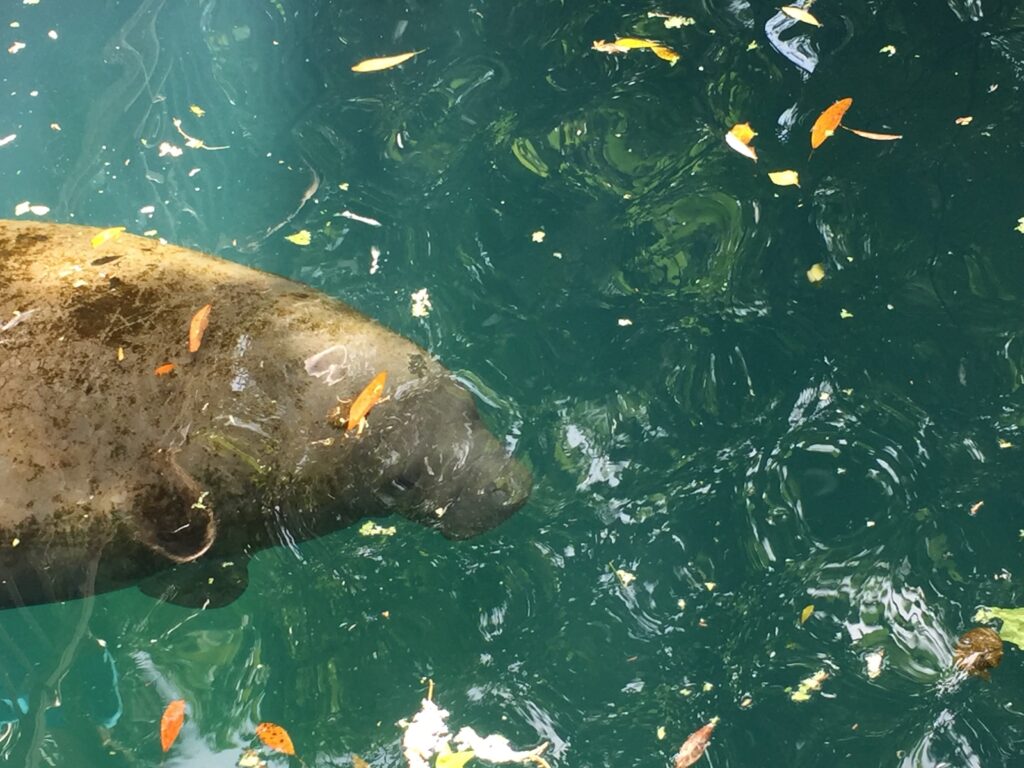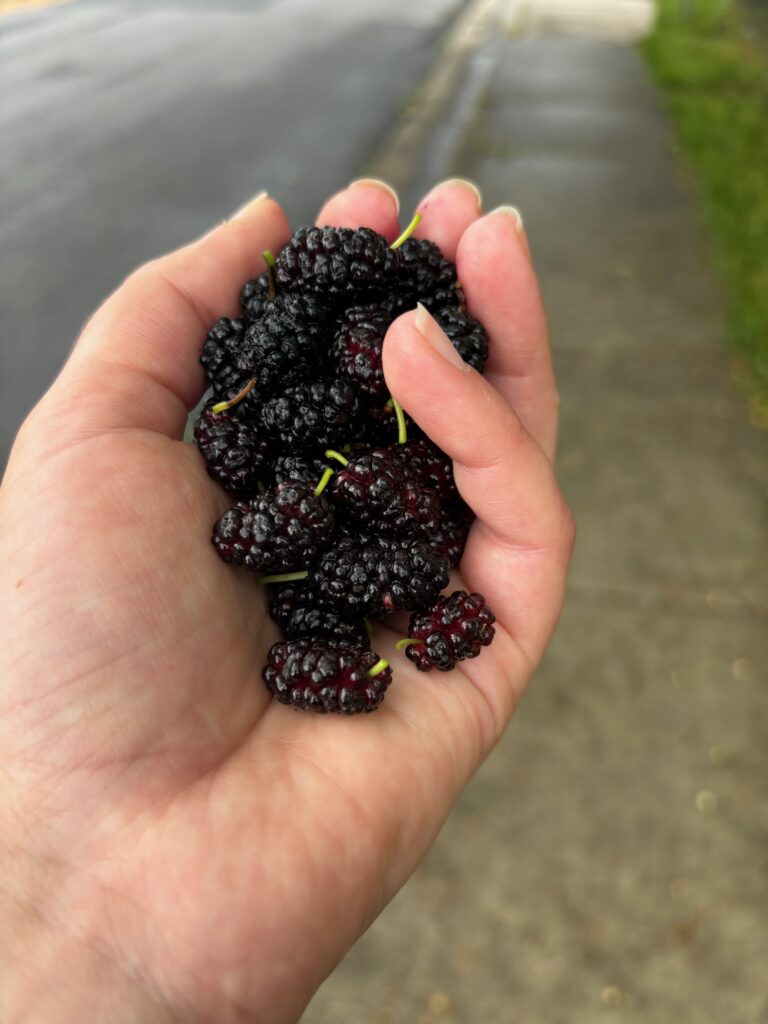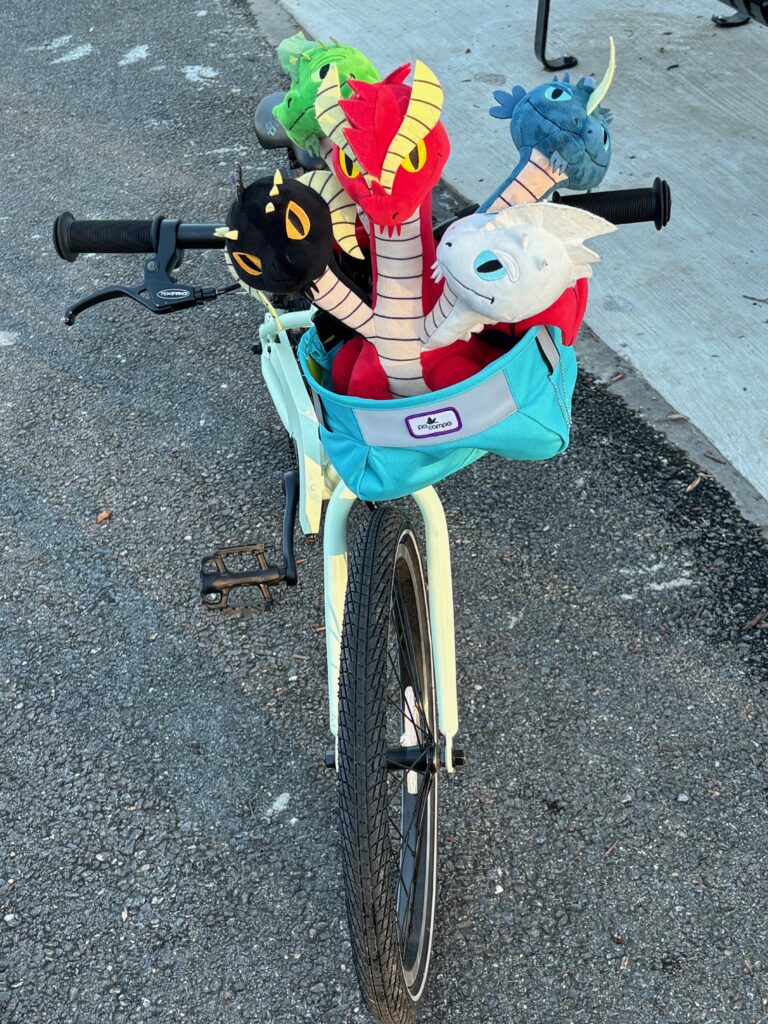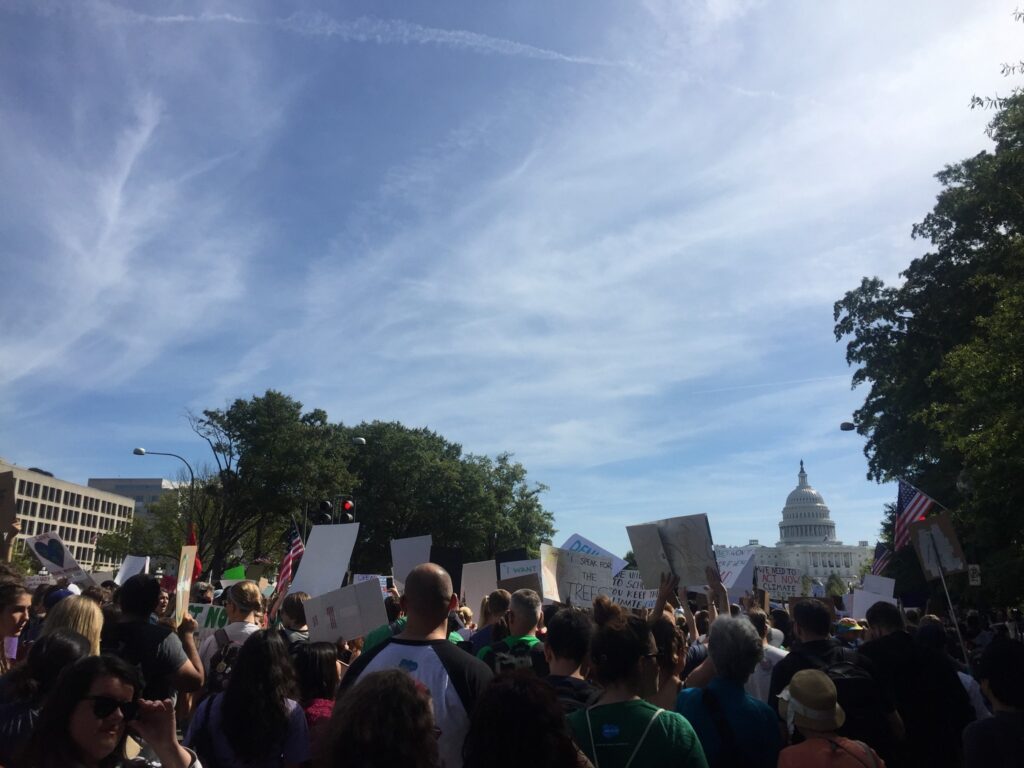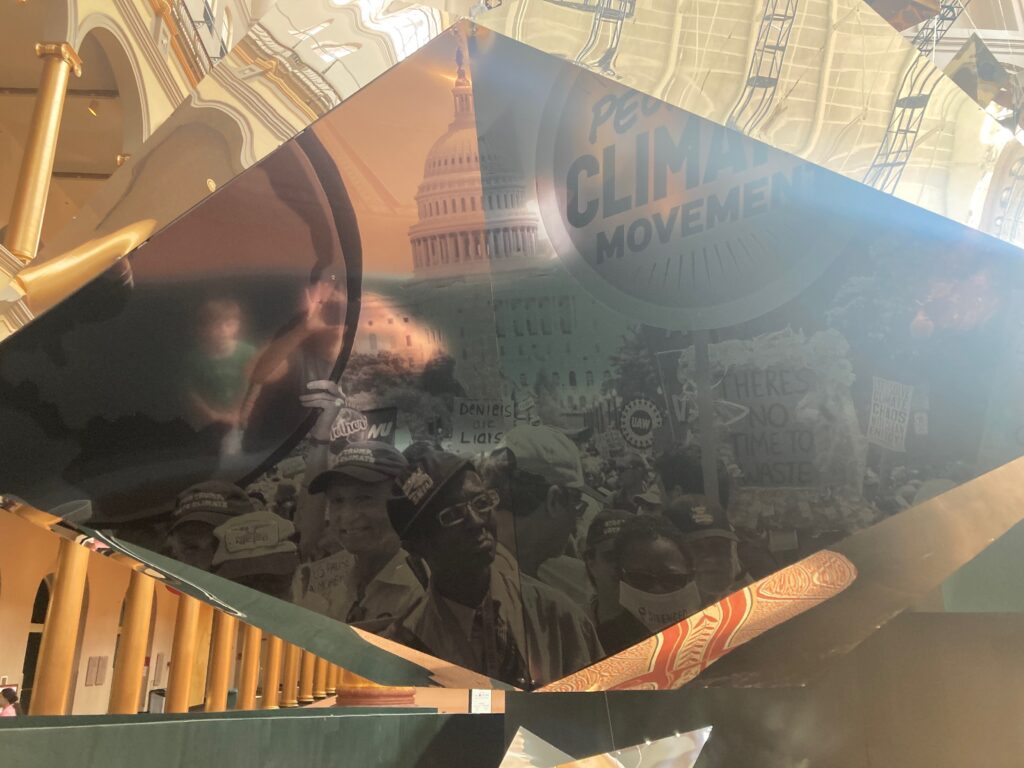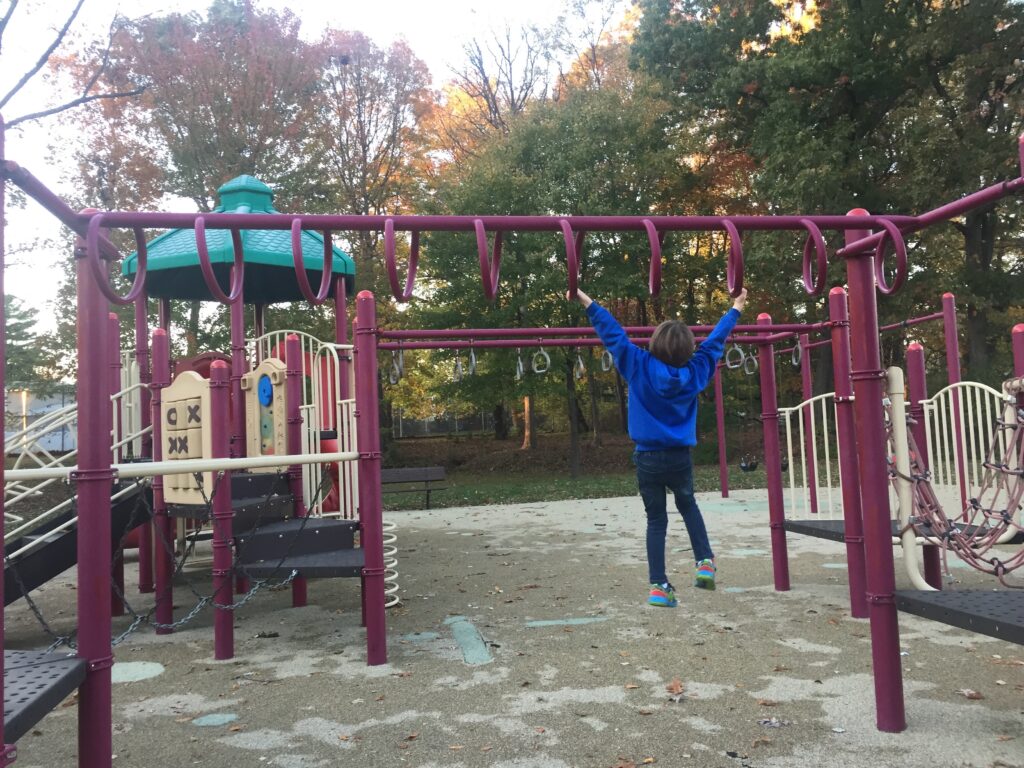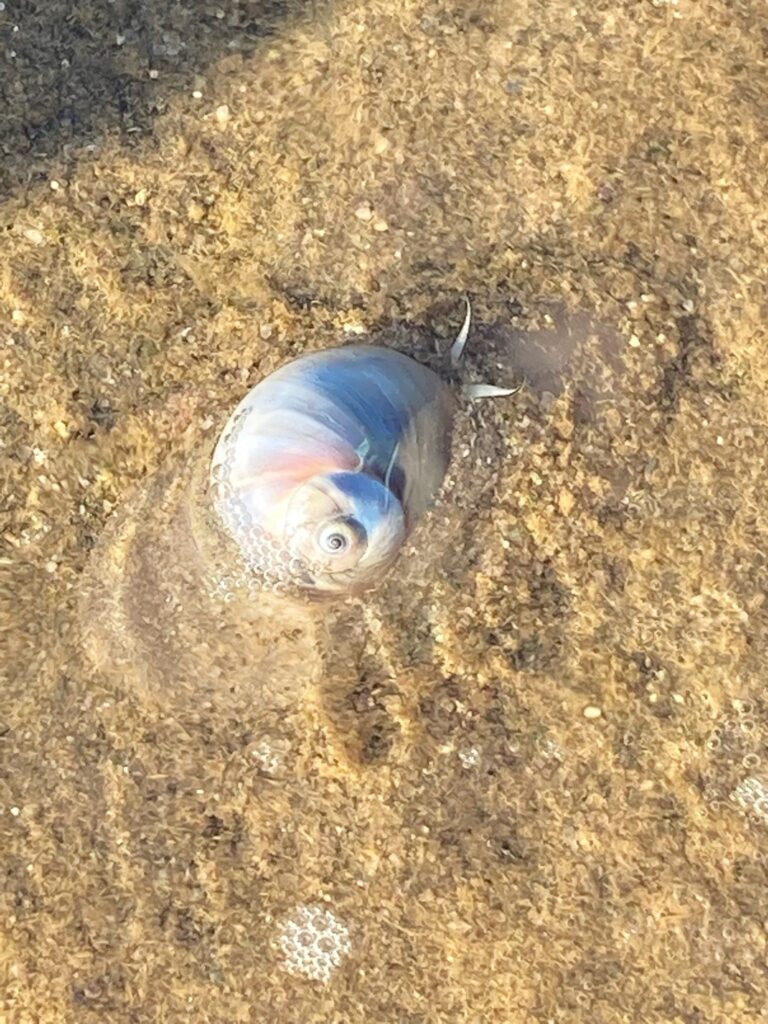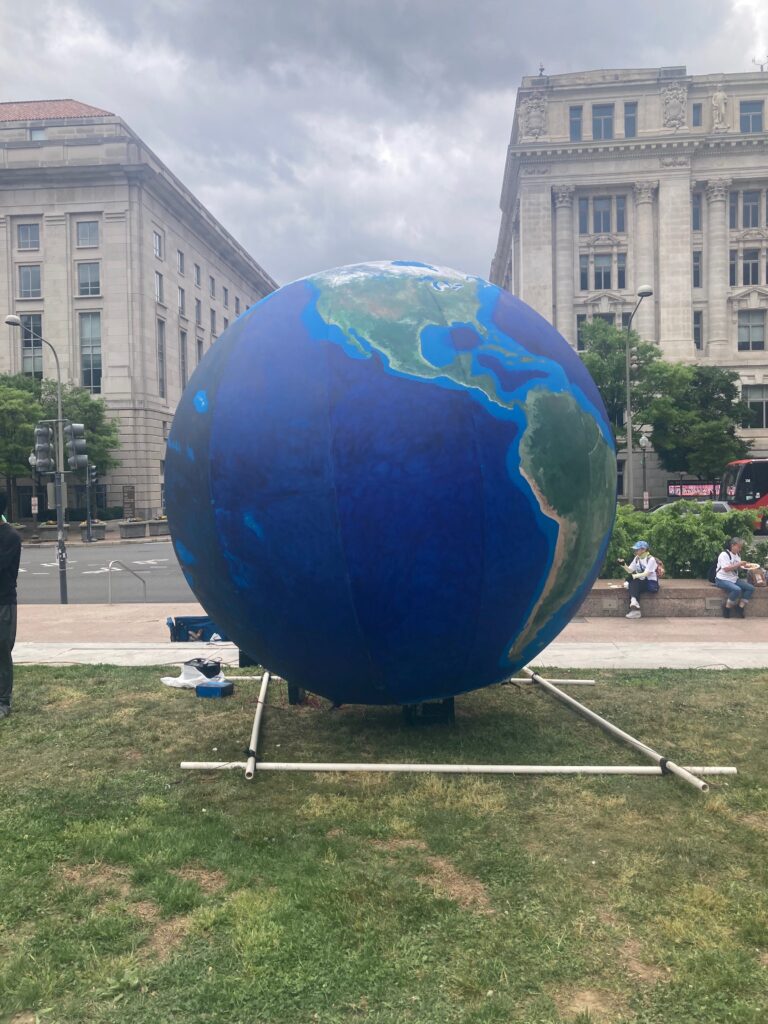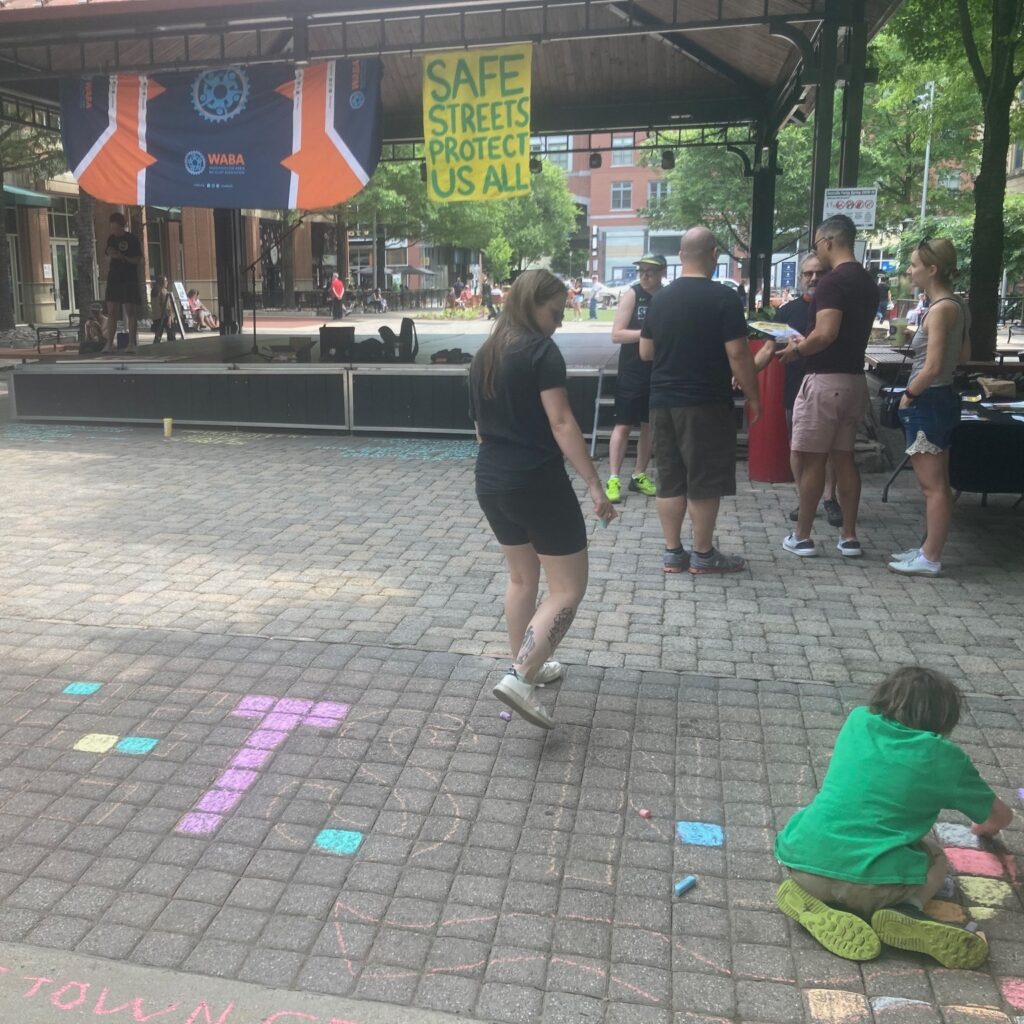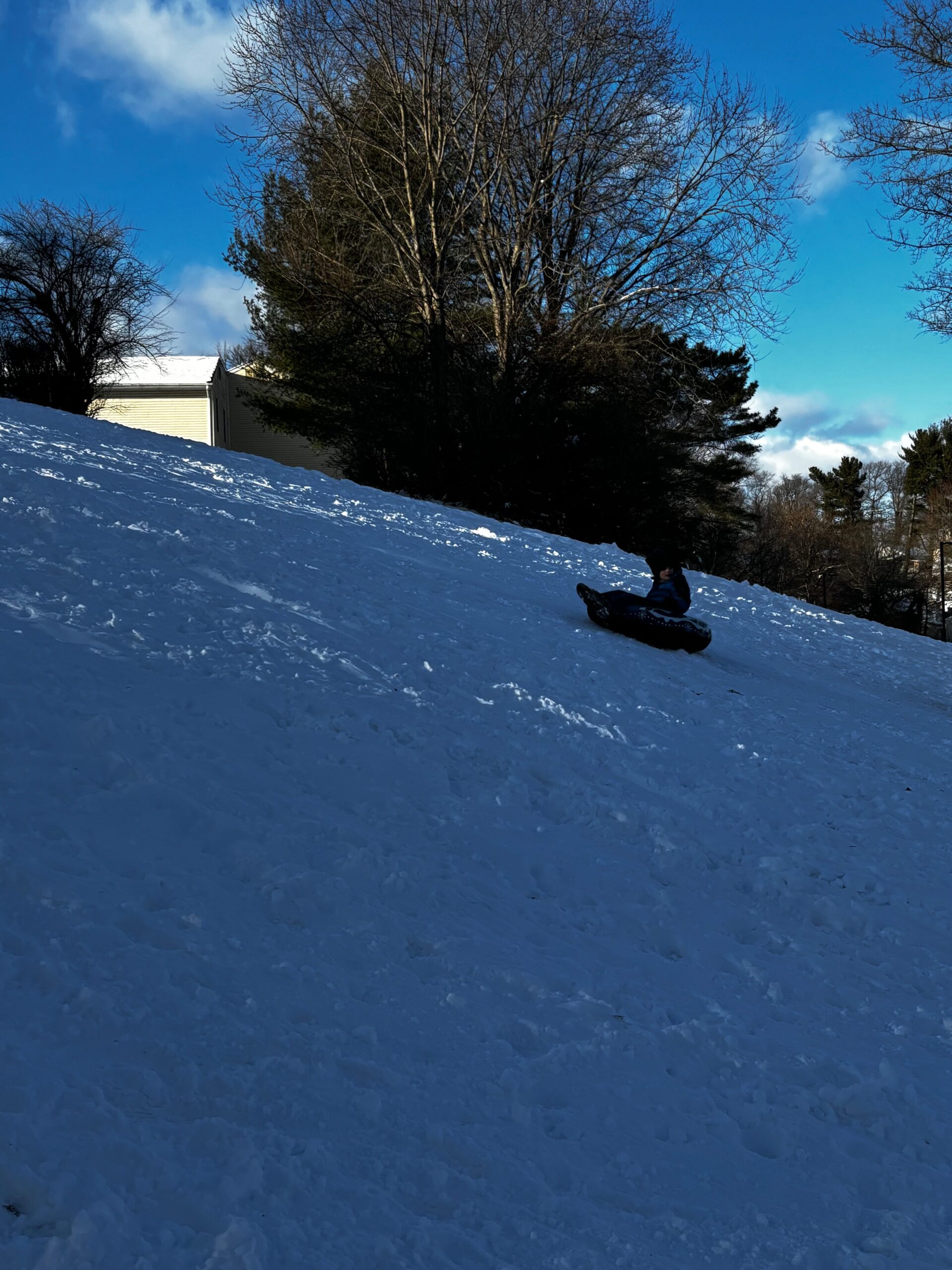
The hill stretches up and up, steep enough that you slip as your boots dig into the snow. The kids at the top are readying their sledding devices – tubes, sleds, saucers. My older kid is sliding his tube back and forth, backing up and then – he’s off! The tube flies down the hill. It practically bucks him off when he hits the paved path, but he holds on tight. He slides to a halt, stuck in a snowpile.
Watching all this, I say to my husband, “I’m glad I came. I don’t know how many more times we’ll have this.”
“The snow will stick around for a while. And it’s not like they’re that old – there are still several winters left,” he responds.
“Yeah, but we don’t get snow every winter. And we’ll get less and less with climate change.”
“Hmmm, yeah.” He understands.
As you watch your kids grow up, there’s a deep sadness mixed with joy. You know that these moments are limited and that every time might be the last time you see or do an action. The seasons change and your kids do too
But the changes in our environment can tilt that ambiguity towards grief. Change in our environment is natural. But the pace at which it’s happening isn’t. These changes in the climate are on fast-forward, accelerated by human-produced greenhouse gases.
Continue reading